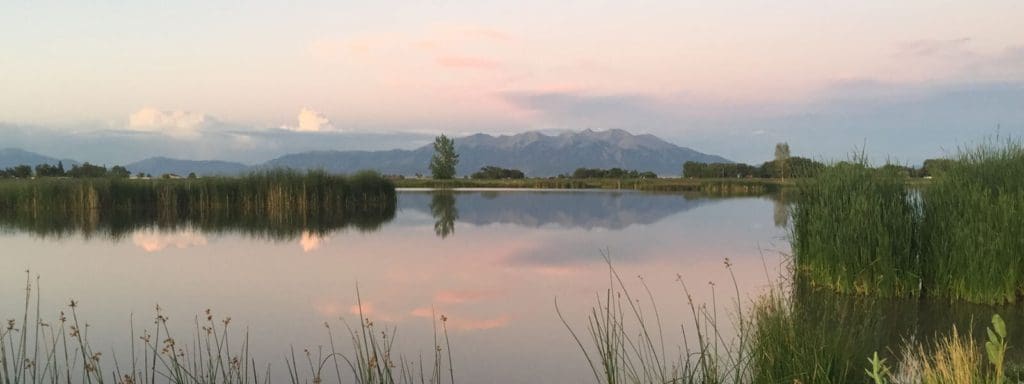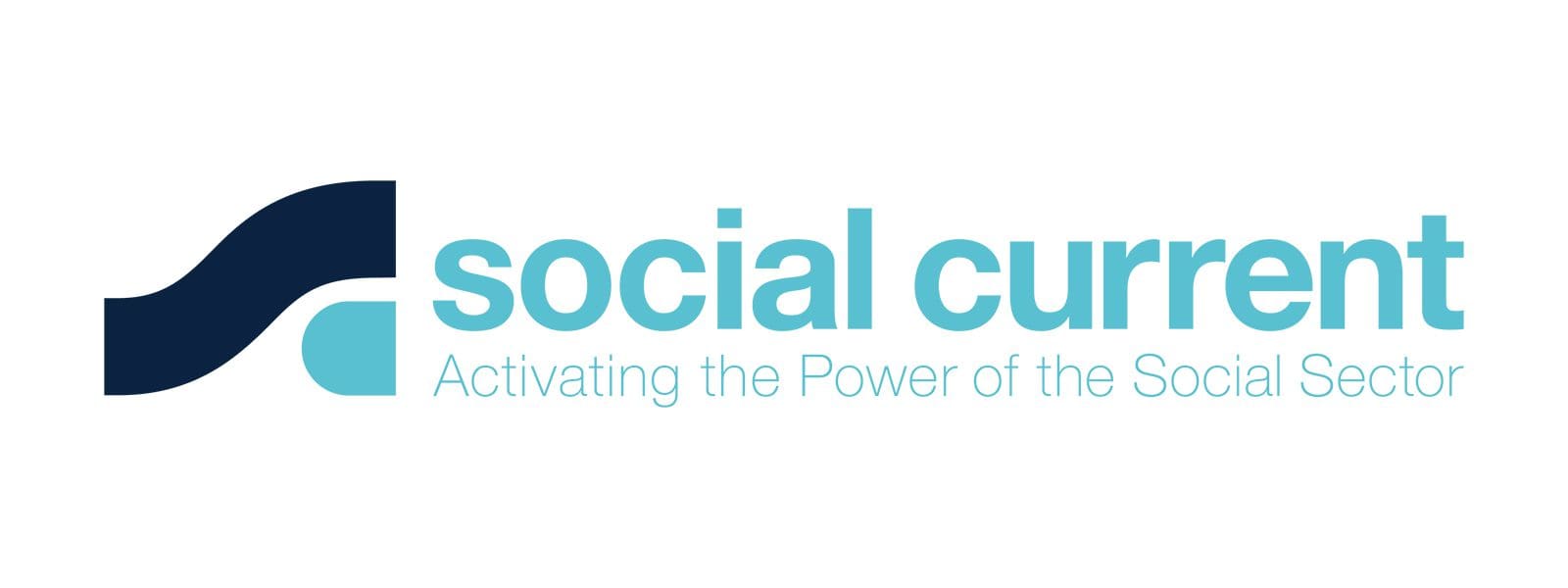Rural communities have struggled to keep pace with broadband access, as compared to their urban counterparts, for many reasons and many years. Building telecommunication infrastructure is expensive – and private businesses have had a hard time justifying the cost of investing in connecting remote and small, rural communities without knowing how they will be able to recoup the cost of laying the cable. This perception of value and determining access based on profit is leaving 60 million people in rural communities disconnected and unable to join the promise of a better future for all in the United States.
It’s a complicated topic beyond the sheer cost – existing at the intersection of issues of private-land ownership, land-use permits, state regulations, geography, and public will. And, rural communities, nationwide, are not a monolith.
Even larger rural communities that do have broadband are often served by a single service provider, limiting choice and creating a monopoly that affects pricing and service. As bandwidth demands on these networks grow in the years to come, the existing passable infrastructure will not be able to support competitive and quality broadband access, which will make this an issue even for folks with quality service now.
The issue is one of both access, accessibility, and equity.
Every family in the country needs quality broadband so they can access school and health care, work or find new jobs, and start businesses. We know that equity cannot be achieved if certain communities lack technology needed to fully participate in society.
Nonprofits have been stepping up to help fill this gap for years, and during the pandemic have stepped in further to ensure connection. Nonprofits are providing families with tablets and laptops, bringing hot-spot buses directly to neighborhoods, and keeping their doors open to create safe environments for children to learn in their gyms and community centers. But this piecemeal approach can only go so far. To address this issue holistically, nonprofits need to have a seat at the table with policymakers and business leaders to find long-term solutions and break down barriers. The nonprofit community is uniquely poised as a force for positive change in this work. Nonprofits are in trusting relationships with the communities that are most likely to lack access. We are experts in collaboration. We understand the ways in which issues affect entire communities and can generate public pressure for positive change.
Community Resource Center is a member of the Nonprofit Infrastructure Investment Advocacy Group (NIIAG), a coalition of more than 35 national, regional, and local nonprofits and foundations. Broadband access is important to NIIAG, our organization, and the families we serve. Community Resource Center is based in Denver and works in every region of the state. We organize committees across rural Colorado to build local capacity and address pressing cross-sector issues.
One such group of local nonprofit and community leaders in the San Luis Valley – a region of rural Colorado the size of the state of Connecticut with 46,000 residents – is composed of passionate leaders of nonprofits of all types, including early childhood programs, health providers, food pantries, and more. Since the onset of the pandemic, this regional committee has worked to address the continued challenge of broadband access to this region, which has been exacerbated and highlighted by the COVID-19 pandemic.
In the San Luis Valley, this collaborative effort includes two of the local Internet Service Providers; local government; health agencies; educational institutions; statewide agencies, including the Colorado Department of Local Affairs and of Regulatory Agencies; and direct engagement of statewide elected officials, including Senator Michael Bennet and Attorney General Phil Weiser. This effort is gaining momentum because of the breadth of participants who understand that this infrastructure is critical to every resident of the San Luis Valley, and thus, Colorado.
Community Resource Center applauds the most recent stimulus package that Congress approved in December. It dedicates $7 billion for broadband programs, including subsidies for service or devices for eligible households and those on Tribal lands. The additional funds to establish an Office of Minority Broadband Initiatives at the National Telecommunications and Information Administration (NTIA) to focus on broadband access and adoption creates a $285-million pilot-grant program for institutions, businesses, and nonprofit organizations. The bill also includes $250 million in telehealth funding; $65 million for broadband mapping; $1 billion for broadband connectivity on tribal lands; $300 million to fund broadband in rural areas; and $2 billion for small telecommunication providers to upgrade equipment security. The NIIAG intentionally coalition calls out the need for this funding and additional resources to address the unique needs of tribes and native communities, including improving the accuracy of mapping broadband. These are investments in the future of our country, rural residents, and go beyond traditional infrastructure.
It takes significant funding to make these changes across rural communities – beyond what any one agency or entity can fund or organize. To advance rural regional efforts in a way that qualifies for larger pools of state or federal funding, diverse community stakeholders must be involved, including local government and existing Internet Service Providers (ISPs). This work takes time, patience, resilience, and capacity. We know that when nonprofits have a seat at the table, we can build bridges between the community, government, and business to find solutions, even to our most complicated challenges.
Rebecca Gorrell is Chief Program Officer at Community Resource Center. She can be reached at gorrell@crcamerica.org. Nellie Stagg is Senior Director of Programs for the organization. Community Resource Center creates opportunities, tools, and strategies to develop nonprofits and community groups to strengthen Colorado.



